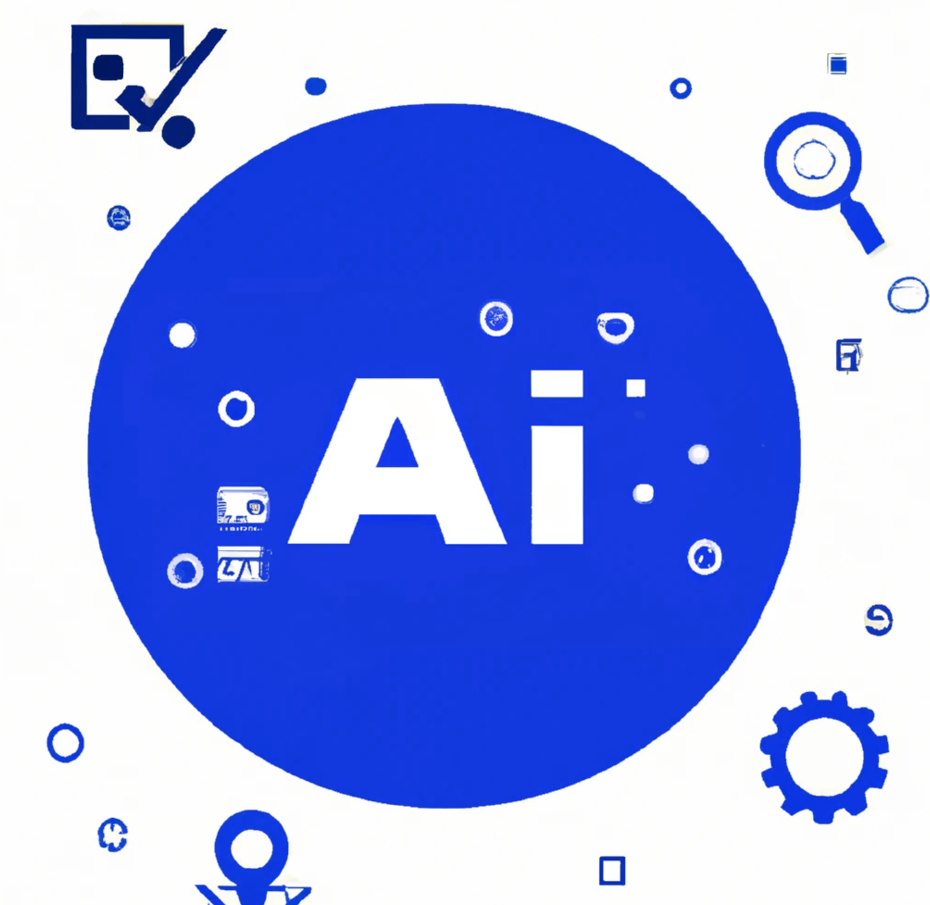Suicide is a global public health crisis, and it’s imperative to explore every avenue for prevention and support. In this extensive blog post , we dive deep into the world of AI in suicide prevention. We’ll uncover the latest trends, key insights, and practical tips on how AI is serving as a digital lifeline to individuals in need.
1. Introduction
Suicide prevention is a critical global concern. AI is emerging as a powerful tool in this battle, offering innovative ways to identify at-risk individuals and provide them with much-needed support. This introduction sets the stage for a comprehensive exploration of AI’s role in suicide prevention.
2. The Global Suicide Epidemic
The world is grappling with a growing suicide epidemic. We’ll examine the statistics and the factors contributing to this crisis, highlighting the urgency for innovative approaches like AI.
3. AI and Suicide Prevention: A Digital Lifeline
AI is becoming a digital lifeline in suicide prevention. In this section, we’ll explore the multifaceted ways in which AI contributes to identifying and supporting individuals at risk. From natural language processing to machine learning algorithms, AI offers a wide array of solutions.
4. Identifying At-Risk Individuals
AI excels in identifying signs of distress and suicidal intent. We’ll delve into the AI-driven predictive models that analyze text, social media posts, and even vocal cues to flag at-risk individuals, allowing timely intervention.
4.1 Natural Language Processing (NLP)
Natural language processing enables AI systems to analyze text and speech, identifying linguistic markers associated with suicidal thoughts. We’ll discuss how NLP algorithms are making a difference in early detection.
4.2 Machine Learning and Predictive Modeling
Machine learning models are being trained on extensive datasets to predict suicidal tendencies. We’ll explore the power of these models in identifying high-risk individuals.
5. AI-Powered Mental Health Chatbots
Mental health chatbots are revolutionizing the way individuals access support. AI-driven chatbots can provide immediate, non-judgmental conversations and resource recommendations. We’ll delve deeper into the functionality and potential impact of these bots.
5.1 Real-Time Conversations
AI chatbots engage individuals in real-time conversations, providing immediate support when it’s needed the most. We’ll explore how these conversations work and their potential to save lives.
5.2 Resource Recommendations
AI chatbots can also recommend mental health resources, such as crisis hotlines or local mental health professionals. This section delves into how these recommendations are made and their importance.
6. Social Media Surveillance and Intervention
Social media platforms have become a double-edged sword. AI algorithms can surveil social media content and intervene when alarming content is detected. We’ll showcase real-world examples of how AI is making a difference in monitoring social media for signs of distress.
6.1 Algorithmic Surveillance
Social media platforms are using algorithmic surveillance to detect concerning content. We’ll explore the mechanics of these algorithms and their potential impact.
6.2 Automated Alerts
When distressing content is identified, AI can trigger automated alerts to relevant authorities or support networks. We’ll discuss how these alerts function and their role in timely intervention.
7. Case Studies: AI in Action
Real-world case studies provide a profound understanding of AI’s impact. We’ll explore examples of organizations and platforms that are successfully leveraging AI for suicide prevention.
7.1 Facebook’s AI Intervention
Facebook employs AI to detect and intervene in suicidal content. We’ll discuss how this technology is saving lives on one of the world’s largest social media platforms.
7.2 Crisis Text Line
Crisis Text Line, a nonprofit organization, uses AI chatbots to provide support to individuals in crisis. We’ll explore how their platform operates and its effectiveness.
8. Ethical Considerations and Data Privacy
While AI holds immense potential, it also raises ethical and data privacy concerns. We’ll discuss the importance of responsible AI use, protecting user data, and ensuring that AI interventions respect privacy and informed consent.
8.1 Informed Consent
Respecting individuals’ autonomy and providing them with information and choices in AI interventions is crucial. We’ll delve into the concept of informed consent and its ethical implications.
8.2 Data Security
Protecting user data is paramount in AI suicide prevention efforts. We’ll explore the data security measures and the importance of data anonymization.
9. The Future of AI in Suicide Prevention
The future of AI in suicide prevention is promising. We’ll discuss advancements in AI technologies, the potential for early intervention, and the integration of AI into mental health care systems.
9.1 Early Intervention
AI has the potential to intervene even before individuals express suicidal thoughts. We’ll explore the future of predictive AI models and their role in early intervention.
9.2 Integration with Mental Health Services
The integration of AI into mental health care systems is on the horizon. We’ll discuss how AI can work in tandem with mental health professionals to provide comprehensive support.
10. Conclusion
In conclusion, AI is not just a technological solution; it’s a digital lifeline in suicide prevention. With the ability to identify at-risk individuals, provide immediate support, and surveil social media for distress signals, AI is offering hope in a time of crisis. As technology continues to evolve, the role of AI in suicide prevention is only set to expand.
10. Frequently Asked Questions:
Q1.How AI can help mental health?
Q2.How can AI improve therapy?
- Thought recordings. Journaling offers various benefits, like helping you work through challenges to become more resilient and improving your immune system. …
- Journal entry analysis. Some AI systems offer enhanced journaling options. …
- Well-being activities. …
- CBT interventions. …
- Chat sessions.
Q3.Is AI the future of mental health care?
Q4.How is AI affecting mental health?
Q5What is the role of artificial intelligence in psychiatry?
